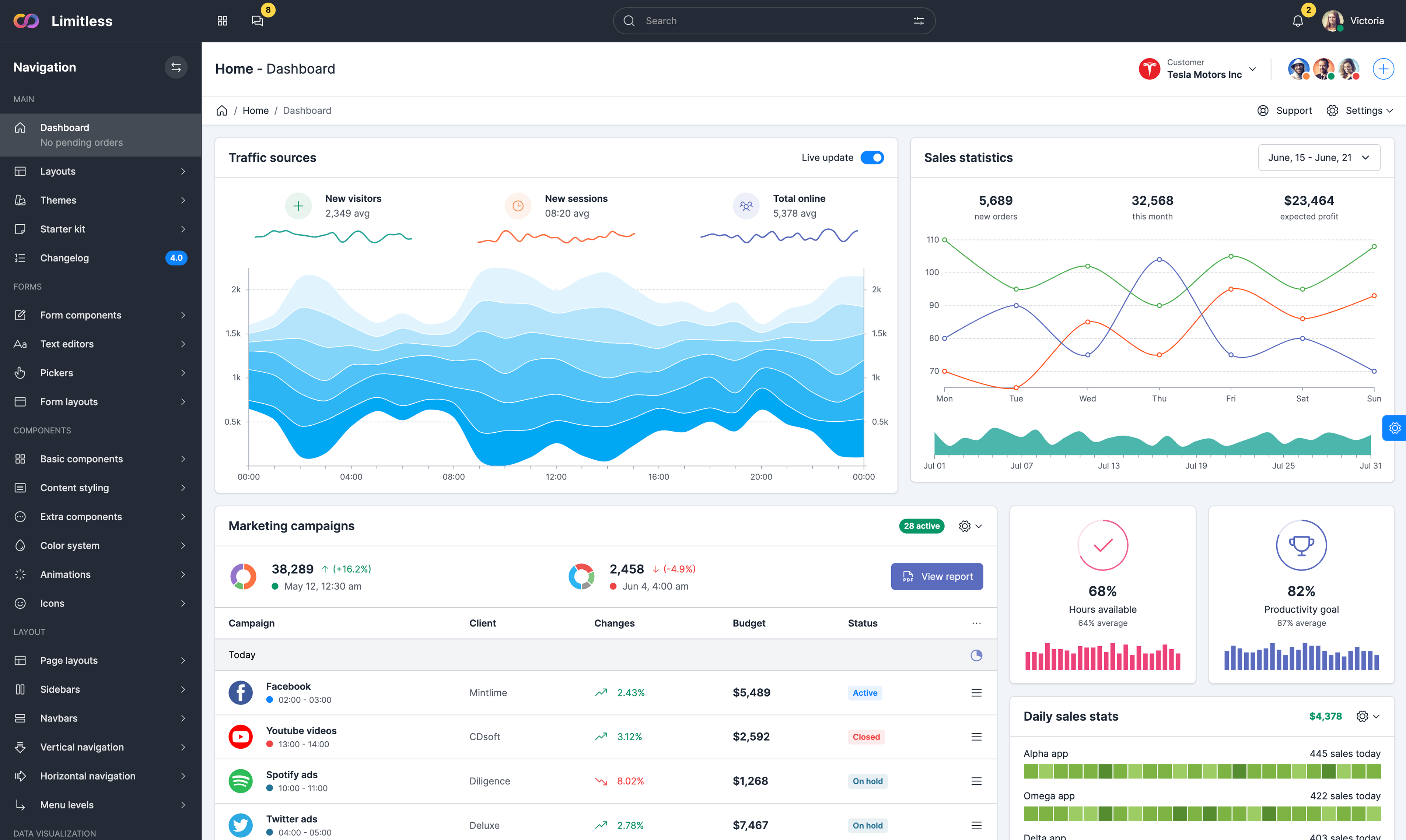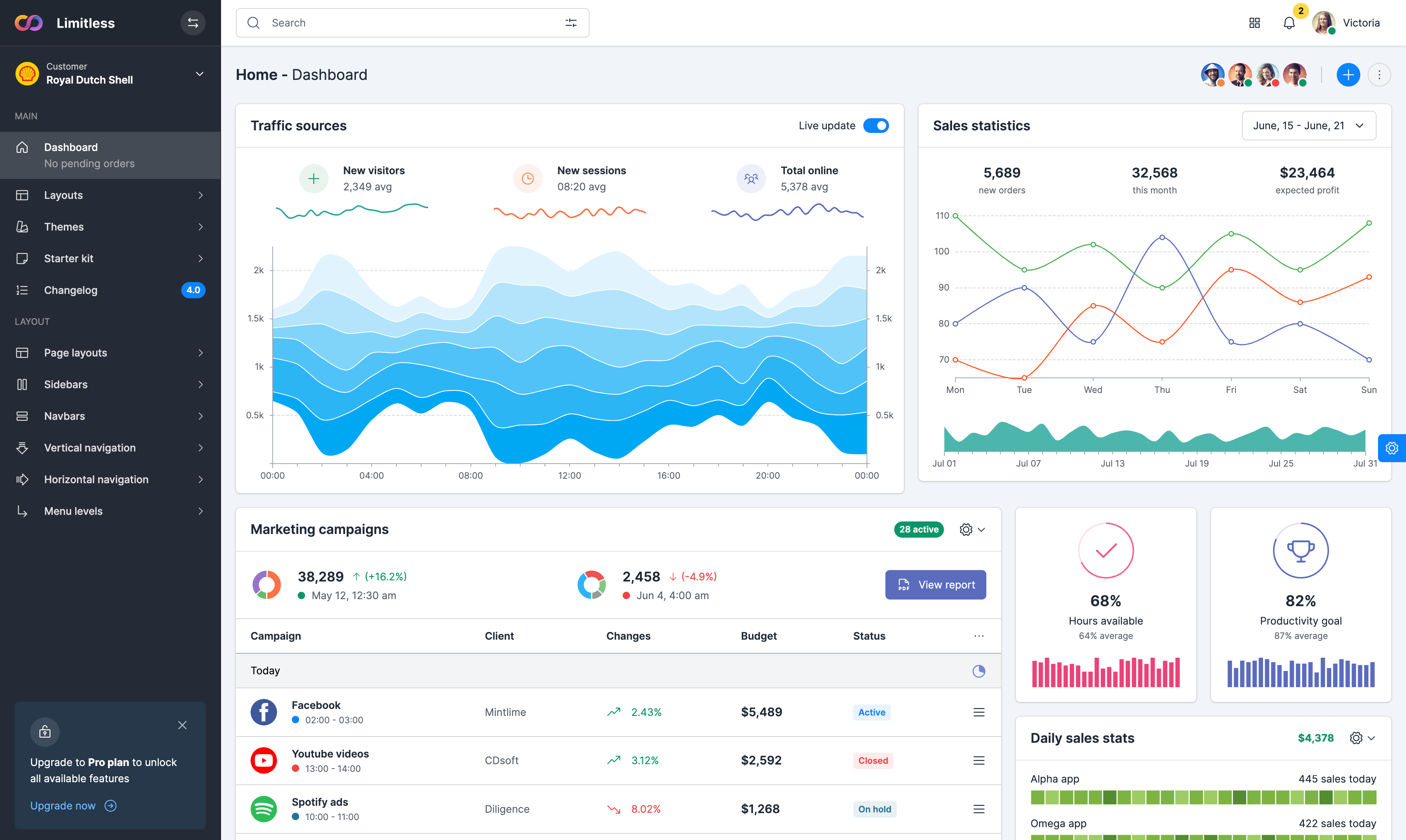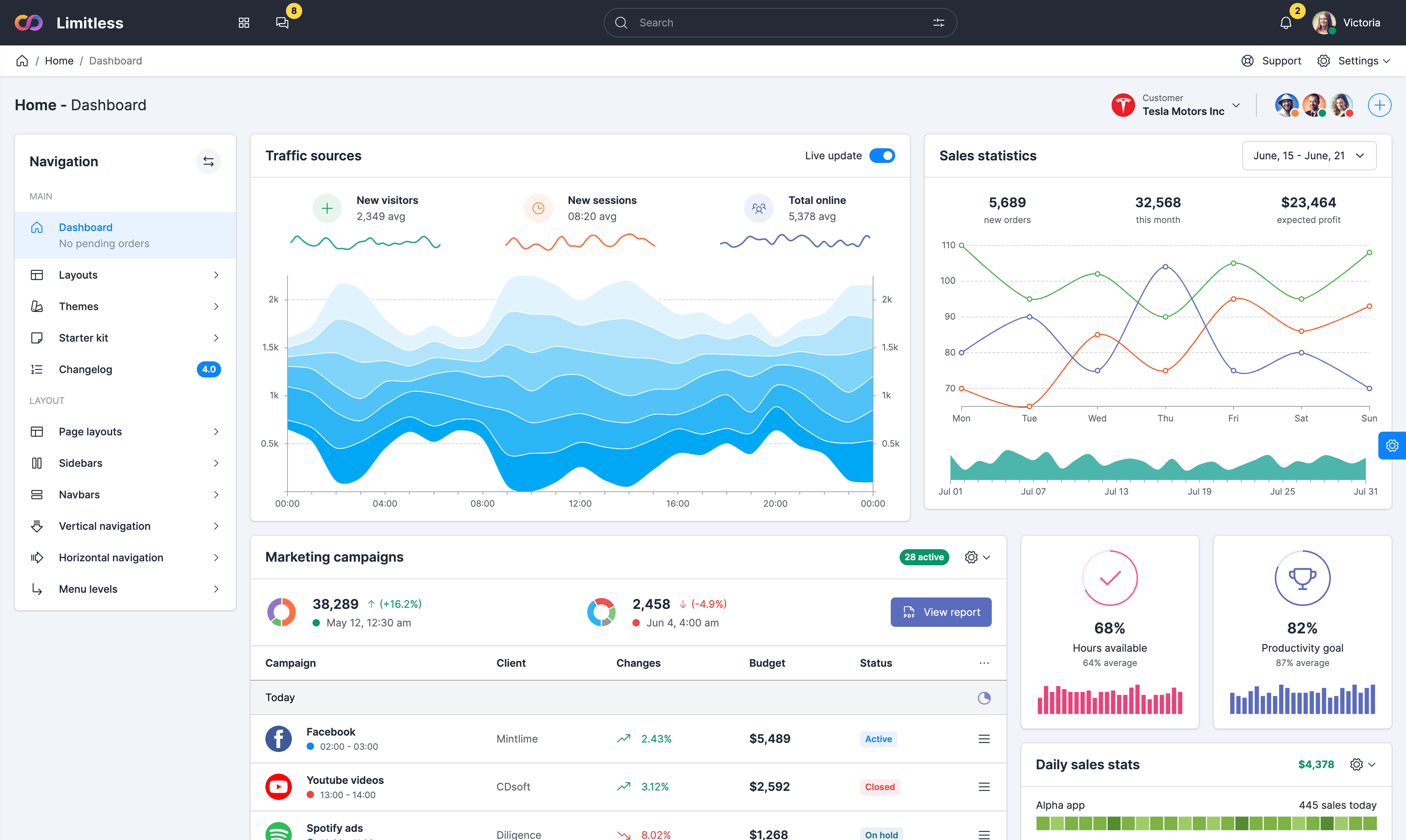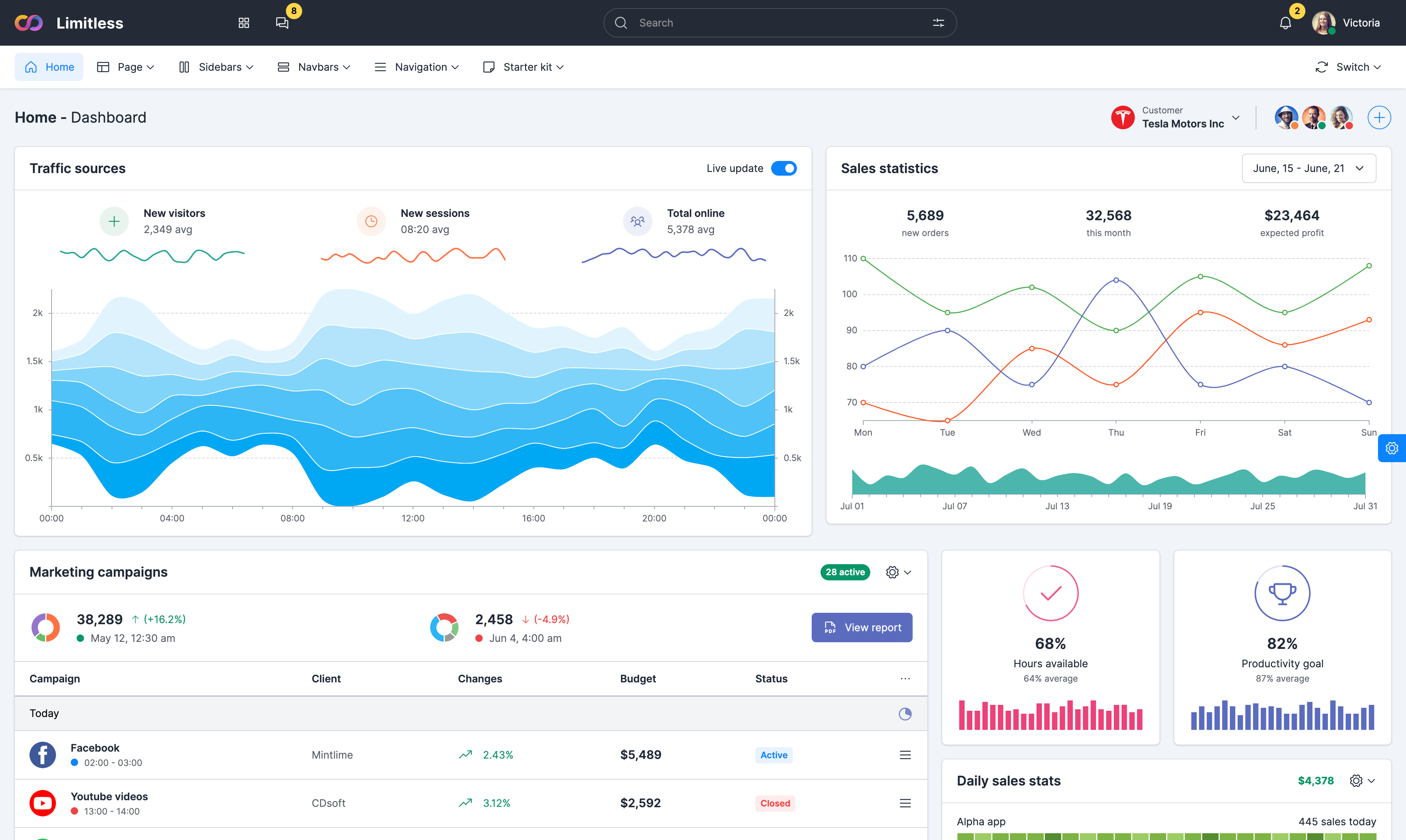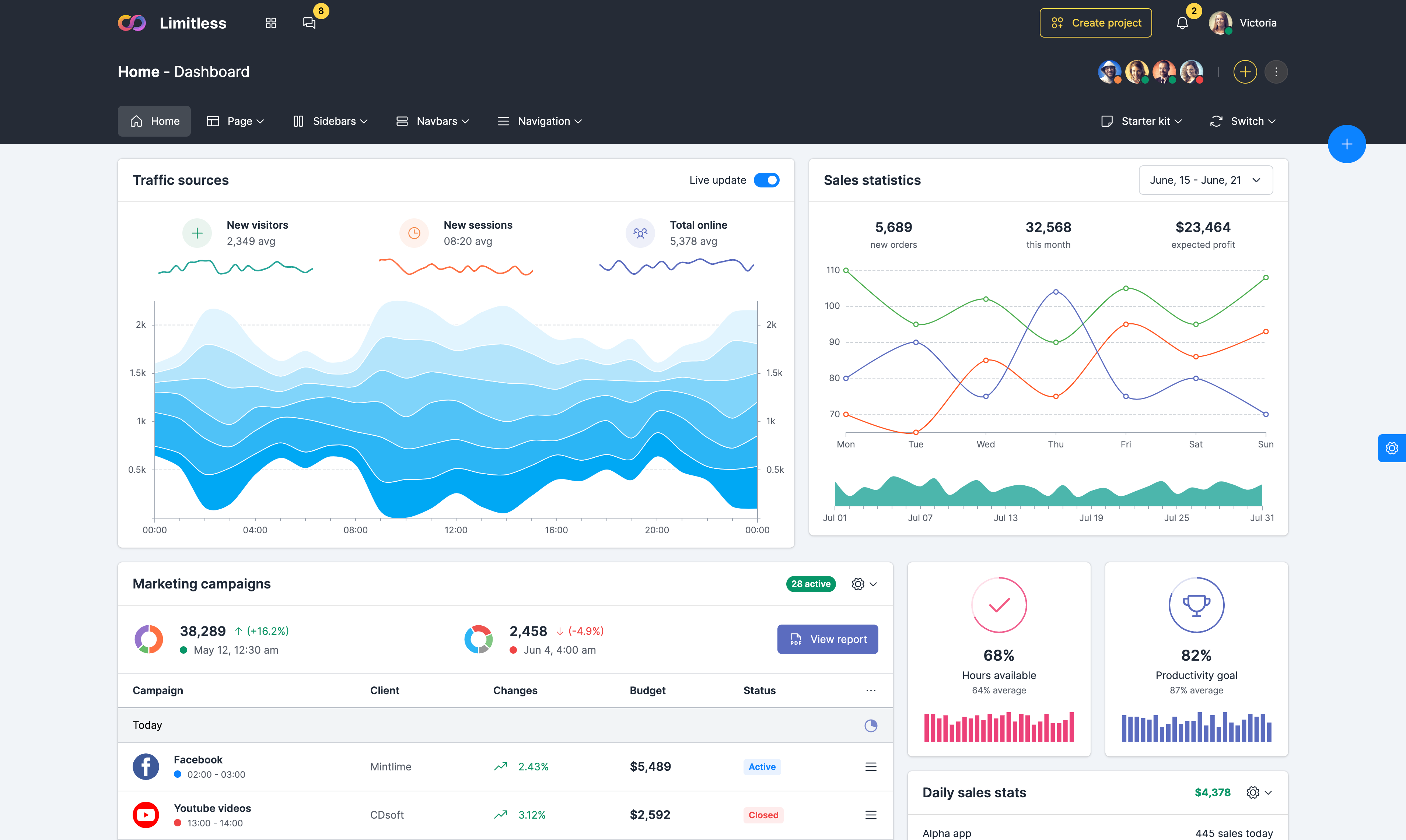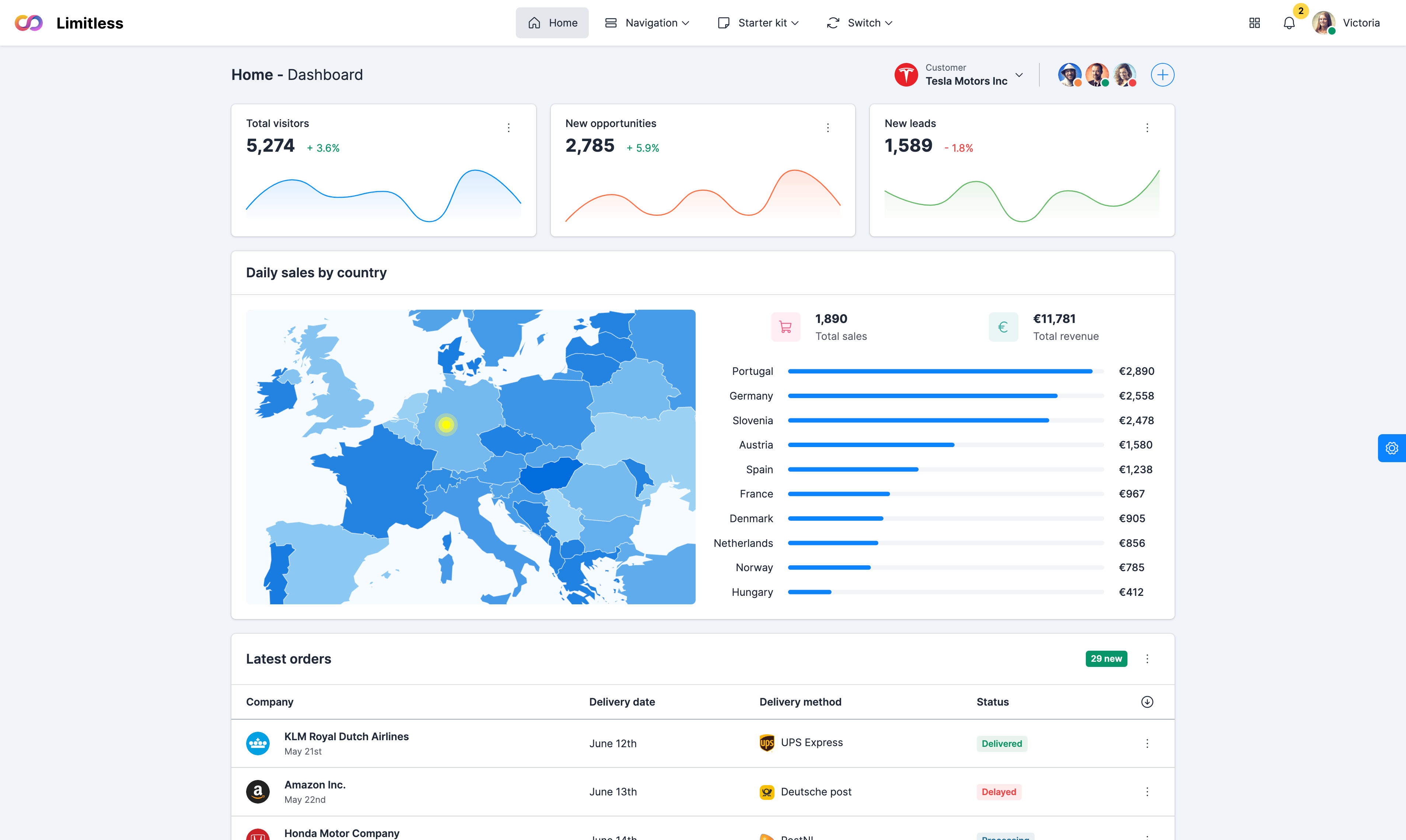Bubble charts
Simple bubble chart
Example of a simple bubble chart. A bubble chart is used to visualize a data set with two to four dimensions. The first two dimensions are visualized as coordinates, the third as color and the fourth as size. Bubble charts can be considered a variation of the scatter plot, in which the data points are replaced with bubbles. By default all bubble charts display tips when hovering over bubbles.
Color by numbers
Example of a simple bubble chart, where the bubbles are colored in proportion to a value using the colorAxis option. Depending on the data, bubbles can have one or more colors. In this example we've set start and end colors, color scale will be based on them. Minimum and maximum values are set automatically. Both x-axes and y-axes are numeric in bubble charts unlike in other charts, where axes are numeric and categorical.
Scatter charts
Simple scatter chart
Example of a simple scatter chart. A scatter chart is a type of mathematical diagram using Cartesian coordinates to display values for two variables for a set of data. The data is displayed as a collection of points, each having the value of one variable determining the position on the horizontal axis and the value of the other variable determining the position on the vertical axis. When the user hovers over the points, tooltips are displayed with more information.
Diff scatter chart
A diff chart is a chart designed to highlight the differences between two charts with comparable data. By making the changes between analogous values prominent, they can reveal variations between datasets. You create a diff chart by calling the computeDiff method with two datasets to generate a third dataset representing the diff, and then drawing that. Supports all scatter chart options, as it jsut combines 2 charts into 1.


















